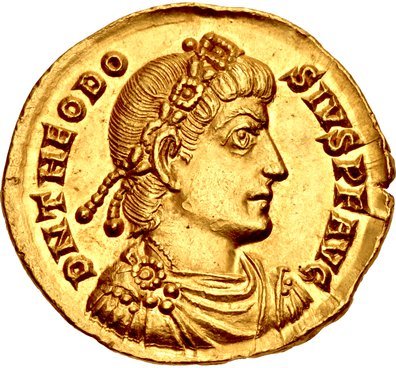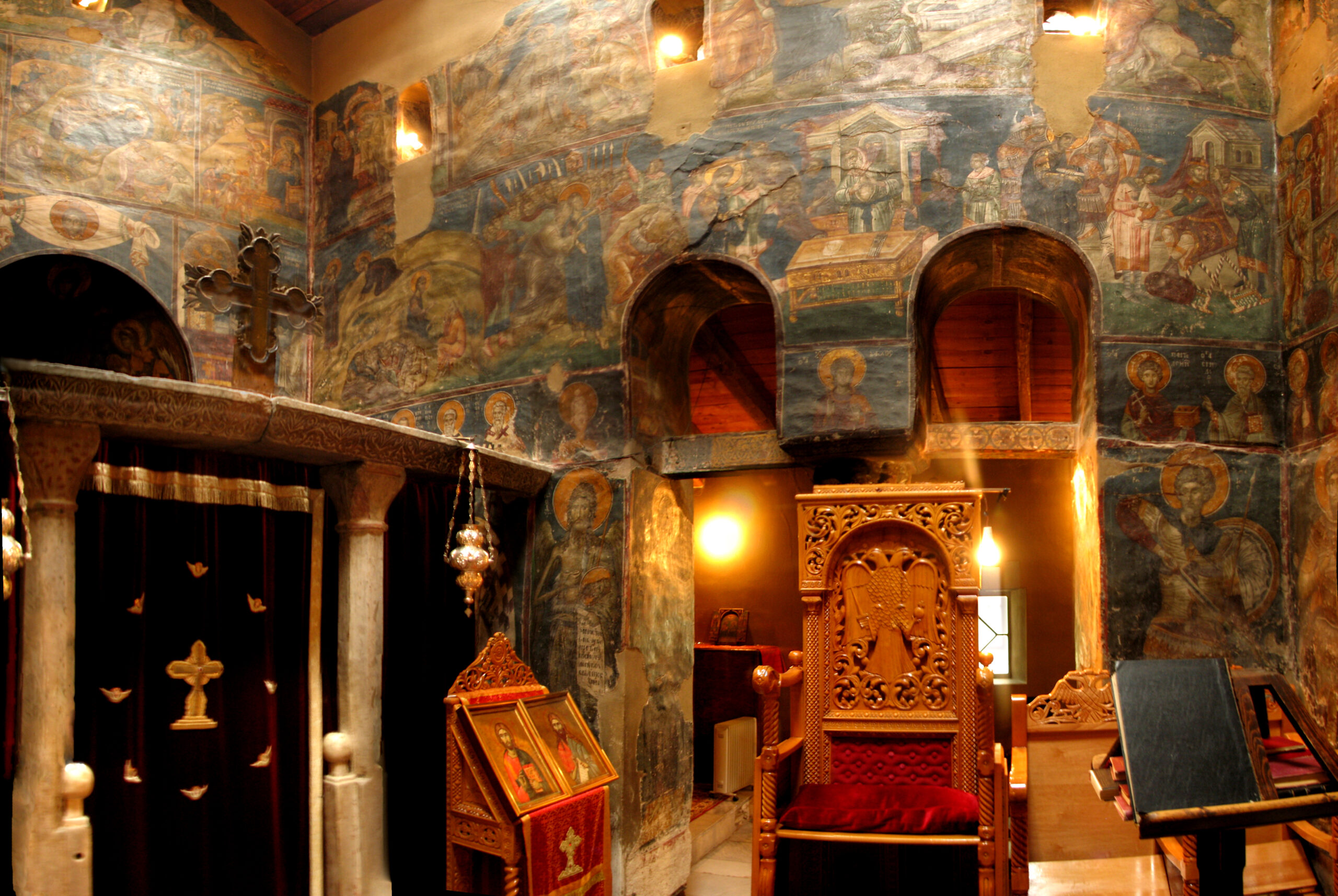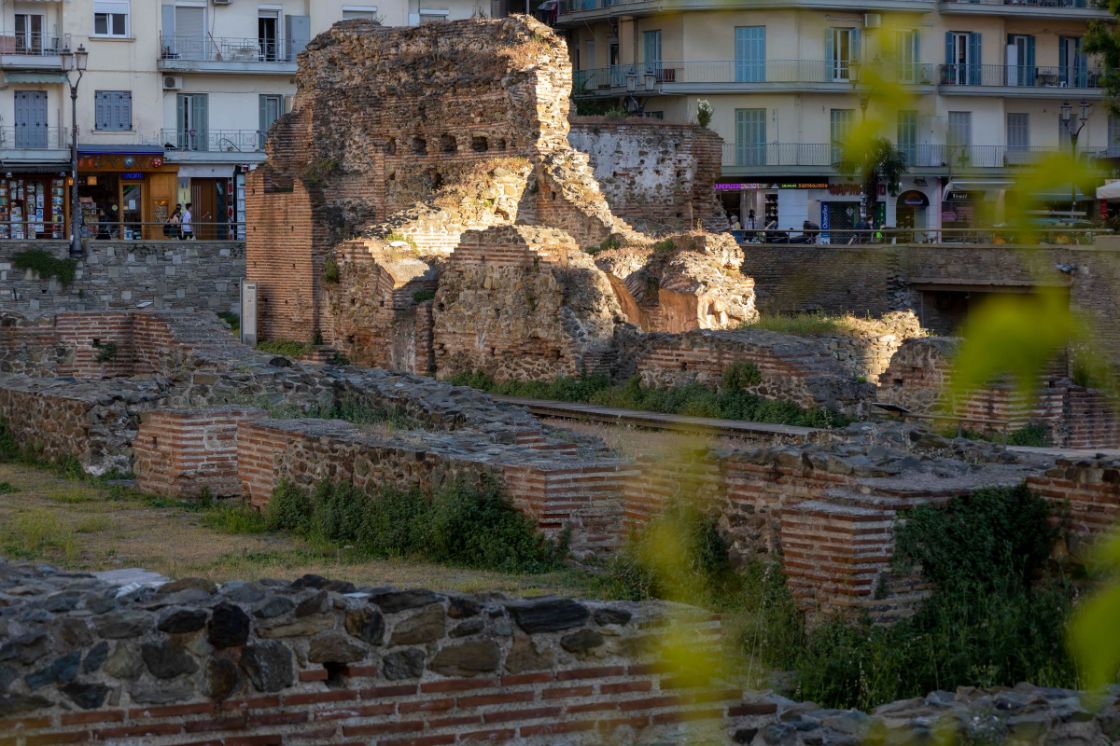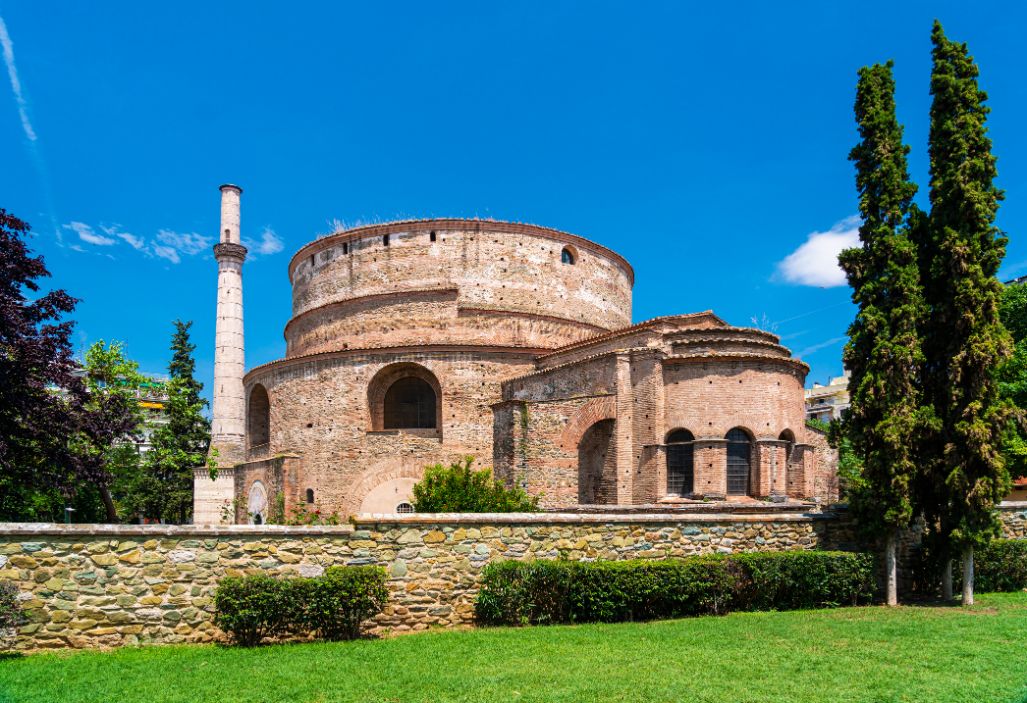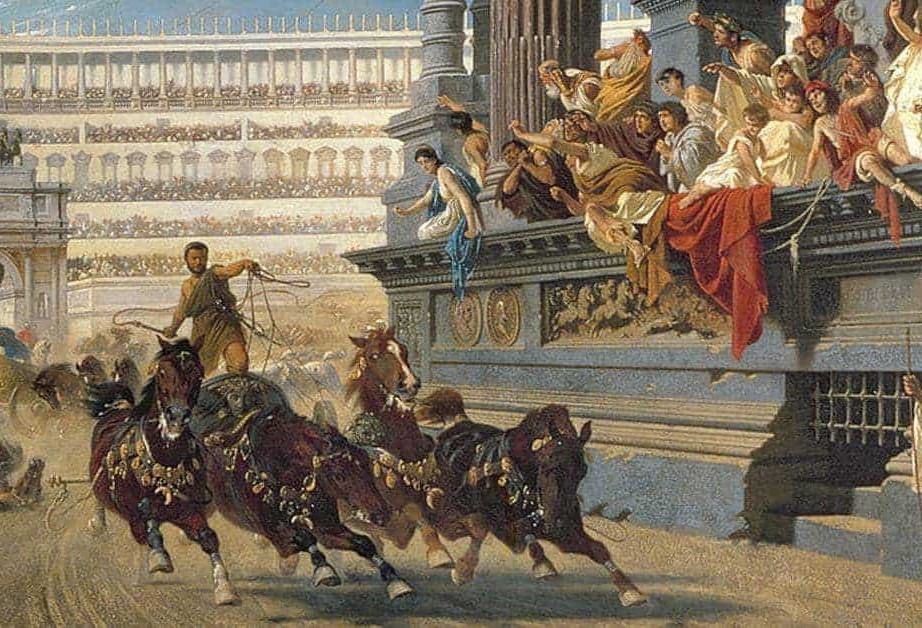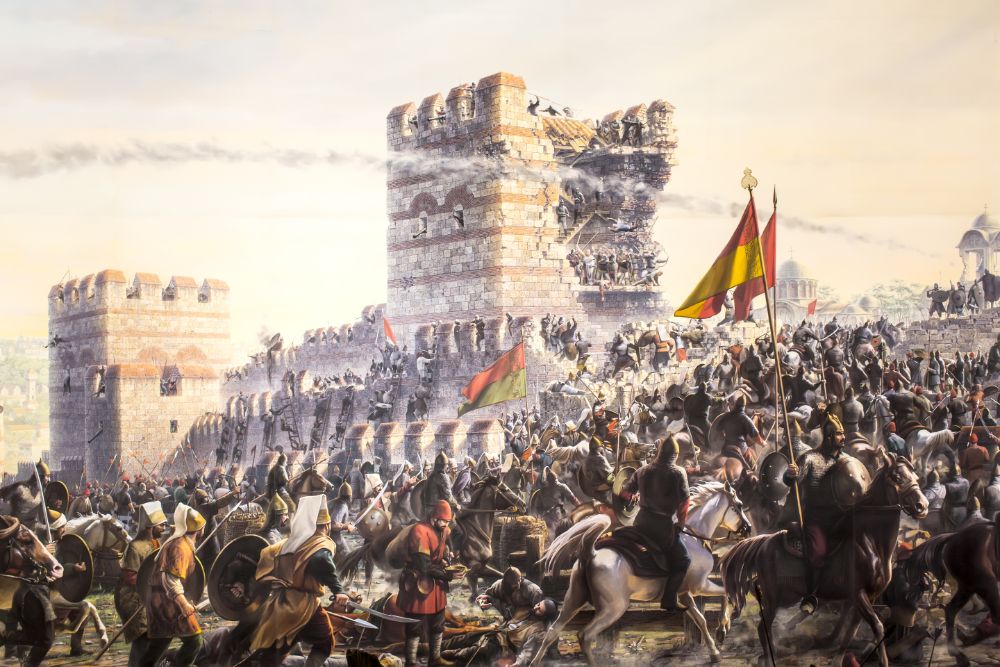The First Female Byzantine Emperor
Empress Irene (c. 752–803 CE) stands as one of the most intriguing figures in Byzantine history, being the first woman to rule the empire in her own right. Her reign, from 797 to 802 CE, marked a unique chapter in Byzantine politics, especially in an era dominated by male rulers. Irene’s path to power was unconventional, beginning as the wife of Emperor Leo IV and continuing as the regent for her son, Constantine VI.
Irene’s rule is particularly notable for her political skill and determination. In 797, after a series of political struggles, she took a bold step—she deposed her son, Constantine VI, who was a figurehead on the throne, and assumed sole rule of the empire. This act of usurpation marked Irene as a powerful and decisive leader, unafraid to challenge imperial tradition. Despite her status as a woman in a male-dominated society, Irene successfully navigated the political intrigues of her time, solidifying her place in history.
One of Irene’s most enduring legacies was her role in the restoration of the veneration of icons in the Byzantine Empire. During the early years of the 8th century, the Byzantine Empire had experienced a period of Iconoclasm (the rejection of religious images), which had divided the empire. Irene, a firm believer in the use of icons, took decisive action to end the iconoclast policy. In 787, she convened the Second Council of Nicaea, which reversed the iconoclastic decrees and restored the use of religious images in worship. This action not only helped heal the religious divide but also reinforced Irene’s image as a pious ruler who upheld orthodox Christian practices.
However, her reign ended abruptly when, in 802, Irene was overthrown in a coup led by the Byzantine nobles. Despite her forced exile, Irene’s legacy as a pioneering female ruler and champion of Christian icon veneration has endured. Her reign remains a fascinating and complex chapter in Byzantine history.



